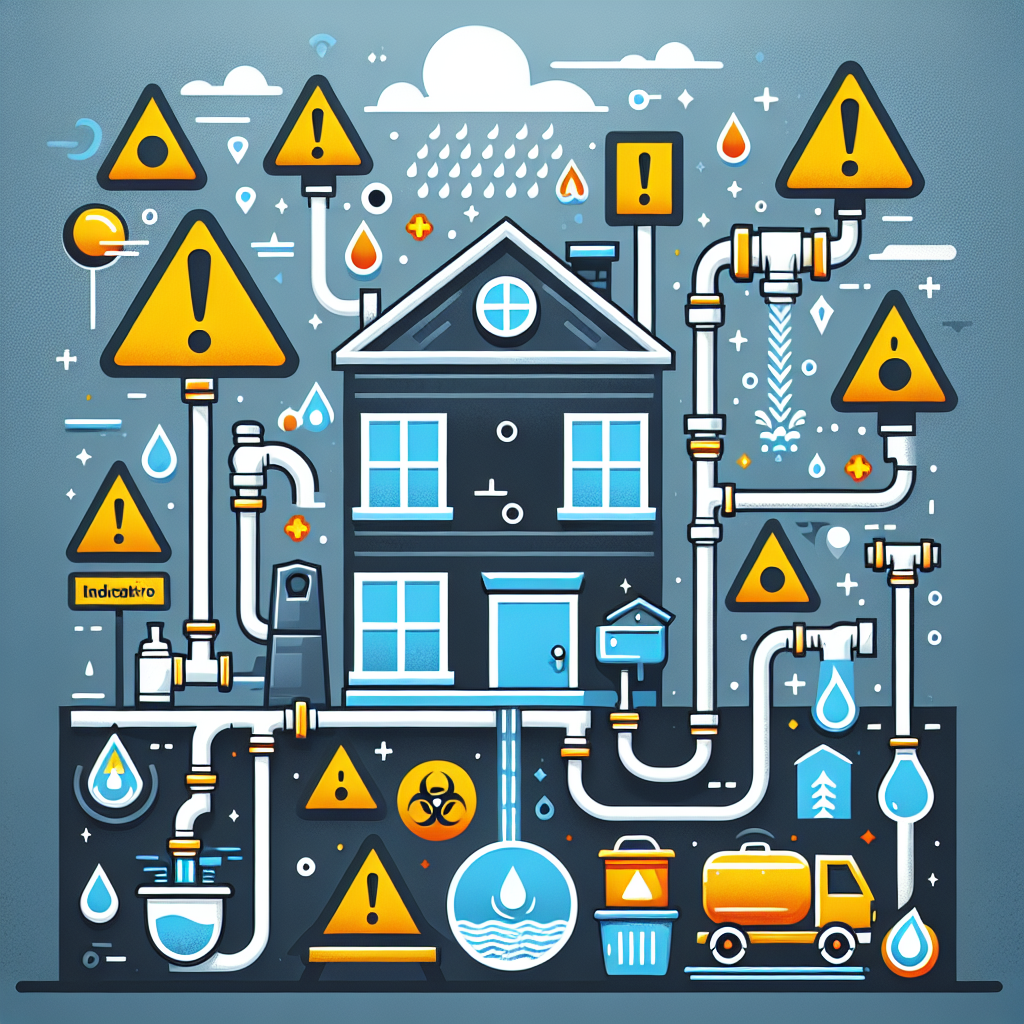Backflow is a plumbing term that sends shivers down the spines of homeowners and business owners alike. It may seem like a complex issue, but understanding backflow and its indicators can help protect your property and ensure safe drinking water. In this article, we’ll unravel the mystery behind backflow, provide insight into its importance, and outline the key signs indicating that you may need a backflow prevention solution.
What is Backflow and Why is It Important?
Backflow occurs when water flows in the opposite direction in a plumbing system, potentially contaminating your clean water supply. This reversal can happen due to pressure fluctuations within the water system, creating a serious health hazard for you and your loved ones.
The Health Risks of Backflow
Contaminated water can carry dangerous pathogens, chemicals, and other harmful substances. Exposure to these contaminants may lead to serious health issues such as gastrointestinal infections, respiratory problems, and, in extreme cases, even death. Getting ahead of backflow issues thus becomes not just a matter of maintenance, but a vital health consideration.
Key Indicators That You Need a Backflow Prevention Solution
Recognizing the early signs of potential backflow issues can save you time, money, and distress down the line. Here are some key indicators that you should be on the lookout for:
1. Unpleasant Odors
If you start noticing foul odors emanating from your faucets or toilets, it could be a sign of backflow. Contaminated water often carries unpleasant smells, indicating that impurities may be making their way into your water supply.
2. Discolored Water
Water that appears cloudy, brown, or otherwise discolored is another red flag. This discoloration could stem from rust, dirt, or other contaminants, warning you to act quickly.
3. Sudden Changes in Water Pressure
If you experience sudden fluctuations in water pressure, this might indicate backflow problems. Inconsistent pressure can arise from a malfunctioning backflow preventer or an increase in demand on your water supply system.
4. Unexplained Water Usage Increases
An unexpected hike in your water usage may suggest that water is being pulled into your system from contaminated sources. This can often happen in systems without proper backflow devices, so keep an eye on your water bill.
5. Issues with Water Quality
If you notice your water tastes funny or has an unusual texture, it’s time to investigate. These issues could signify pollutants entering your water source, which is a pivotal indication that you need a backflow prevention solution.
Understanding Backflow Prevention Solutions
Once you’ve pinpointed some of these indicators, it’s essential to understand how to combat the problem effectively. Backflow prevention devices are designed to avert the reverse flow of water, safeguarding your plumbing system and keeping your water clean.
Types of Backflow Prevention Devices
-
Air Gap: This simplest form consists of a physical gap between the water outlet and the receptacle. It’s commonly found in kitchen sinks and dishwashers.
-
Check Valves: These one-way valves permit water to flow only in one direction. They’re typically used in residential plumbing systems.
- Reduced Pressure Zone (RPZ) Assemblies: These complex devices are utilized in commercial systems with higher risks of contamination. They provide a robust defense against backflow.
Regular Inspections and Maintenance
Prevention is always better than cure. Regular plumbing inspections can identify potential backflow problems before they escalate. Establish a maintenance schedule with a licensed plumber who can check for wear and tear in your plumbing system and ensure all prevention devices are functioning correctly.
Conclusion
Understanding backflow and its indicators is crucial for maintaining a safe and healthy water supply in your home or business. If you notice any of the warning signs discussed in this article, don’t hesitate to reach out to a plumbing professional. They can provide expert guidance and solutions to safeguard your water quality. Remember, maintaining your plumbing system is not just about convenience; it’s an investment in the health and safety of you and your loved ones. Don’t wait — stay proactive and protect your potable water today!


